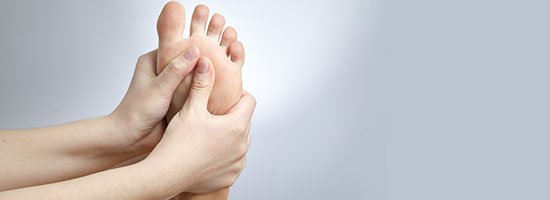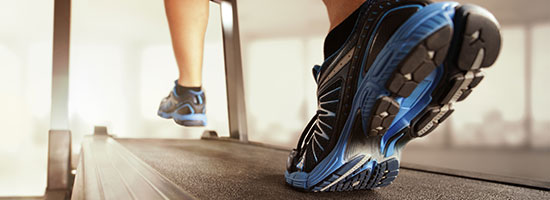A pediatric foot doctor in Studio City can be a valuable asset to your child’s health and development. By contacting our office, you are entrusting your child’s growing and fragile bones and muscles to a top podiatrist in the field. Your pediatric foot doctor in Studio City also has the ability to make your child feel comfortable and cared for during their appointment.
Infants and children often experience congenital or developmental problems of their feet. It is vital to treat these problems or permanent deformities can develop that will plague the child throughout life. Podiatrists that specialize in treating infants and children diagnosis and treat these problems.
Metatarsus Adductus
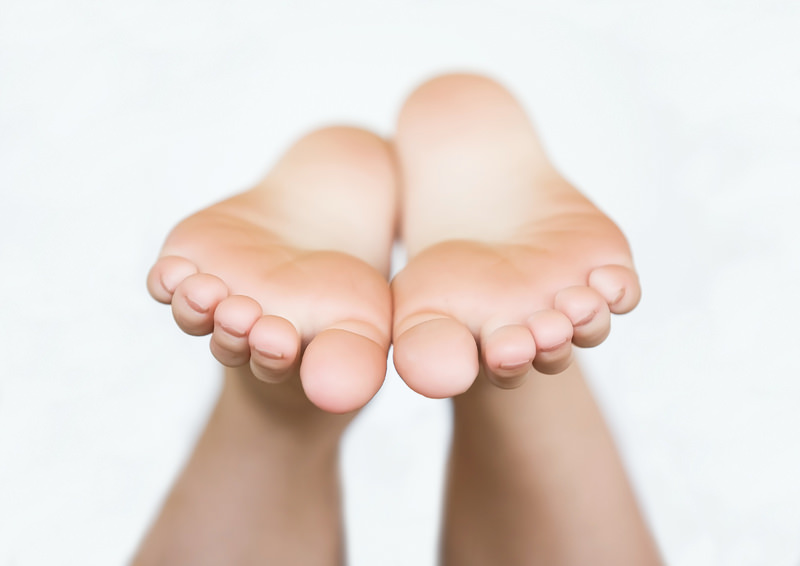
Clubfoot
Clubfoot also affects around one per thousand infants. It is usually diagnosed at birth. The foot is rotated inwards with a small heel and a tight, inflexible Achilles tendon. Clubfoot can usually be treated by casting applied immediately after birth; the casts need to be changed weekly. If the clubfoot does not respond to the regimen of casting, a pediatric podiatrist may recommend surgery at age six to nine months.
Calc aneovalgus
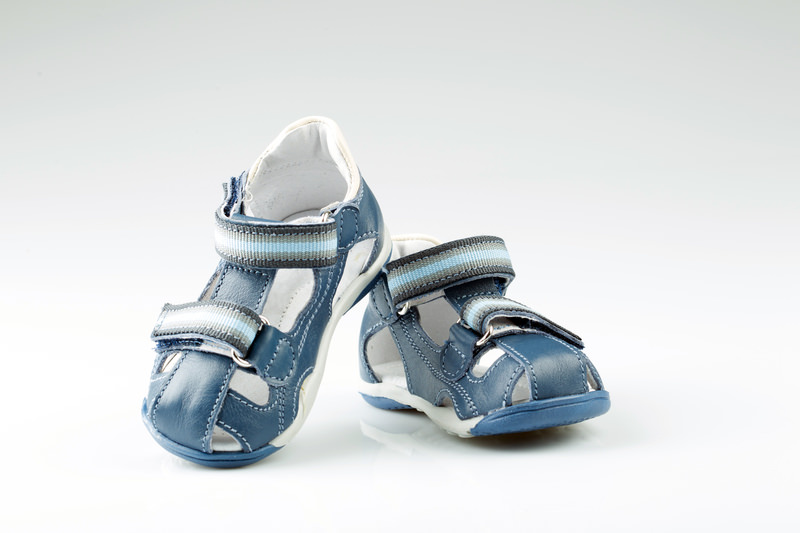
Flexible Flatfoot
Flexible flatfoot is a common condition of children. It is usually first noticed by parents around age two or three years but can be diagnosed earlier by a pediatric podiatrist. The inside arch of the foot collapses and the foot rolls inward. The flatfoot defect alters the child’s gait, causing the child to twist the leg and knee inward with each step. Children with flatfoot often experience foot, ankle, knee, and back pain. The defect appears to run in families and is associated with lax ligaments in the feet. It is essential to diagnose and correct the problem at a young age while the foot is still primarily composed of cartilage or the child may end up with a permanent flatfoot and its associated health problems. Treatment usually requires orthotics to support the foot in a more natural position. In severe cases that do not respond to orthotics, the pediatric podiatrist may recommend surgery.
Toe Walking

In-Toeing
By age two years, children should be walking with their feet facing straight forward. Children who walk with their toes turned inwards are at greater risk of tripping and may place abnormal stresses on their growing feet. A pediatric podiatrist should evaluate all cases of in-toeing. Treatments may include special shoes and stretching exercises.
Poorly Fitting Shoes
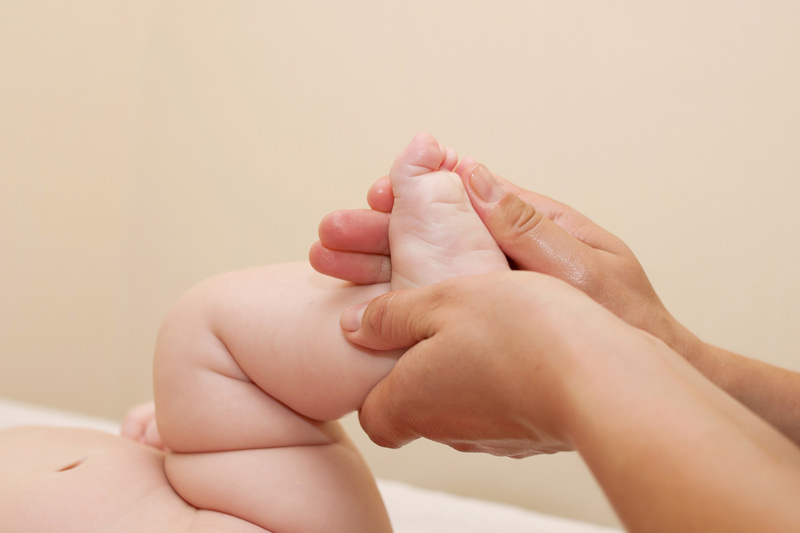
Foot Odors
The feet of infants and young children perspire more than the feet of adults, and the excessive perspiration can lead to bacterial growth and a strong odor. Wearing shoes made out of breathable materials, changing socks often, and washing the child’s feet and shoe inserts daily can help. In some cases, smelly feet may be a sign of a more severe problem, such as an infection or a hormonal balance. Parents concerned about their child’s foot odors should consult a pediatric foot doctor in Studio City for evaluation and advice.
When to Consult a Pediatric Foot Doctor in Studio City
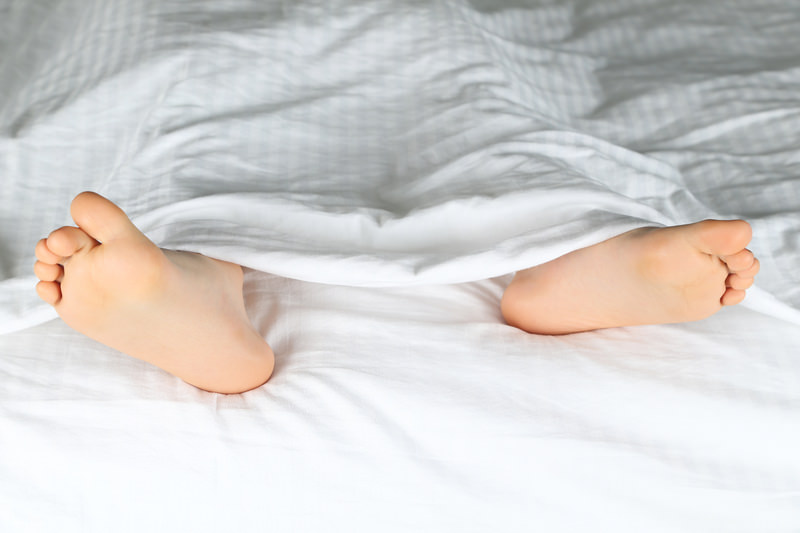
Contact our office today to learn more about our diagnostic process and treatment options for babies and young children. We would be happy to answer any questions you might have and to schedule a consultation to see a pediatric foot doctor in Studio City. Whether you are choosing to see a podiatrist for your child or your child’s pediatrician has suggested that you seek a podiatrist’s opinion, we are here to assist you.

